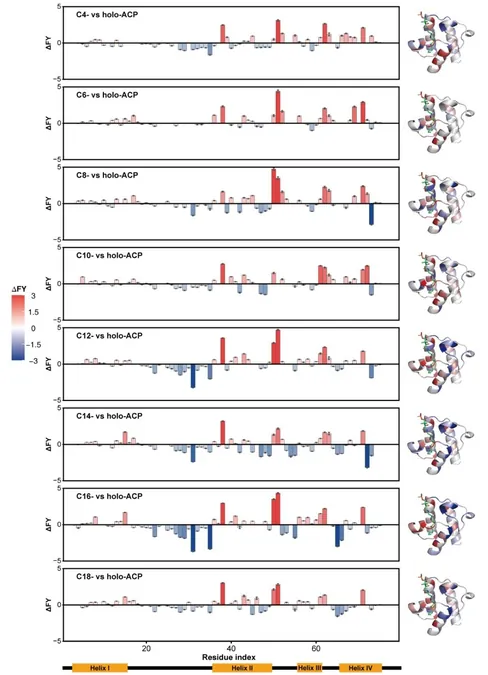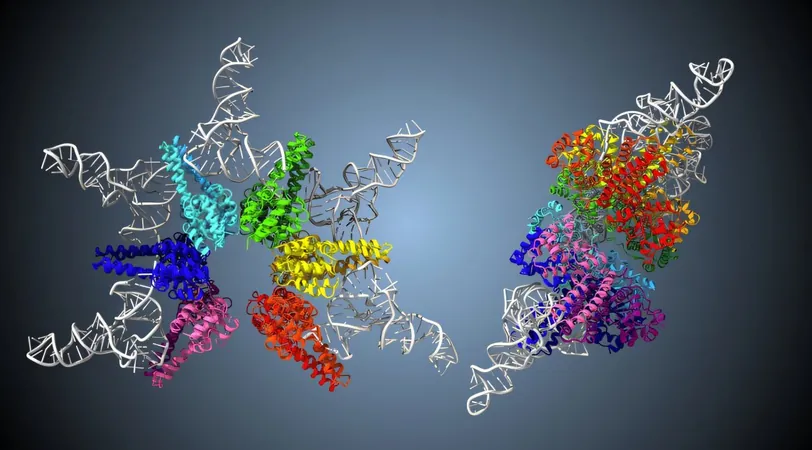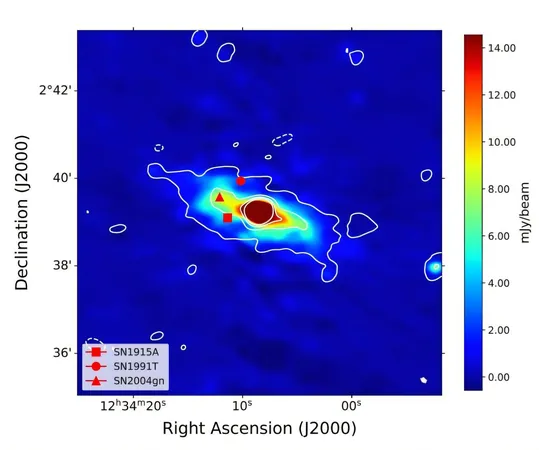
Unlocking the Secrets of Fatty Acid Synthesis: New Insights into Acyl Carrier Protein
2025-06-13
Author: Yu
The Unsung Hero of Fatty Acid Biosynthesis
Acyl Carrier Protein (ACP) is crucial in the process of synthesizing fatty acids. Think of it as a molecular "shuttle"—it carries and safeguards elongating acyl chains that are passed on to various enzymatic partners, a process essential for creating the fats our body needs.
Revolutionary Findings from Groundbreaking Research
A recent study in the Journal of the American Chemical Society, led by Prof. Wang Fangjun at the Dalian Institute of Chemical Physics, has unveiled exciting new findings about ACP. The team explored how ACP adapts its shape to handle acyl chains of different lengths, specifically from C4 to C18. This pivotal research shines a light on the acyl chain length-dependent dynamics of ACP at a molecular level.
Innovative Techniques Reveal New Dimensions
Using advanced native mass spectrometry (nMS), the researchers successfully isolated and enriched chemically unstable acyl-ACP intermediates. They then employed 193 nm ultraviolet photodissociation (UVPD) to delve deeper into these molecules' conformational behavior.
Fascinating Rearrangements in ACP's Structure
The findings revealed a remarkable rearrangement of ACP depending on acyl chain length. Shorter chains (C4-C10) snugly position themselves in a primary hydrophobic subpocket (Subpocket I), while their longer counterparts (C10-C18) uniquely bend and stretch into a second subpocket (Subpocket II).
Key Players in ACP Dynamics
Notably, structural analysis pinpointed two critical residues—Phe50 and Ile62—acting as "gates" that control the size of the hydrophobic cavity within ACP. Additionally, a specific segment of the protein, Loop I, along with residues Thr64 and Gln66, has been shown to stabilize longer-chain intermediates (C12-C18), cementing their roles in this intricate molecular dance.
Implications for Future Research
These groundbreaking revelations not only enhance our understanding of fatty acid biosynthesis but also open the door for future research into the manipulation of ACP for biotechnological applications. The more we learn about the molecular intricacies of ACP, the more potential we have to engineer better pathways for synthetic biology.




 Brasil (PT)
Brasil (PT)
 Canada (EN)
Canada (EN)
 Chile (ES)
Chile (ES)
 Česko (CS)
Česko (CS)
 대한민국 (KO)
대한민국 (KO)
 España (ES)
España (ES)
 France (FR)
France (FR)
 Hong Kong (EN)
Hong Kong (EN)
 Italia (IT)
Italia (IT)
 日本 (JA)
日本 (JA)
 Magyarország (HU)
Magyarország (HU)
 Norge (NO)
Norge (NO)
 Polska (PL)
Polska (PL)
 Schweiz (DE)
Schweiz (DE)
 Singapore (EN)
Singapore (EN)
 Sverige (SV)
Sverige (SV)
 Suomi (FI)
Suomi (FI)
 Türkiye (TR)
Türkiye (TR)
 الإمارات العربية المتحدة (AR)
الإمارات العربية المتحدة (AR)